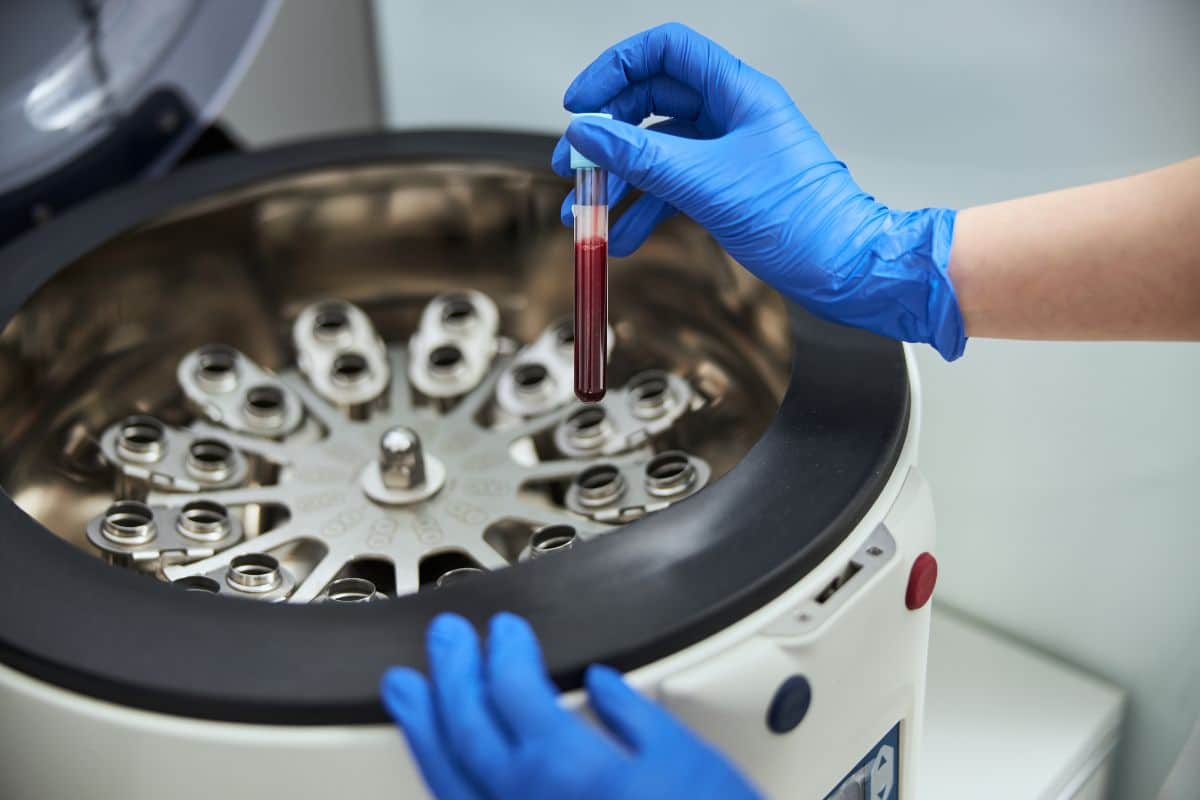Introduction
At the crossroads of healthcare and technology, Clinical Molecular Genetics (CMG) emerges as a keystone, bridging molecular biology and genetics to comprehend and diagnose a plethora of diseases. Implementing the European Union’s In Vitro Diagnostic Medical Device Regulation (IVDR) heralds a transformative shift, bringing considerable changes to CMG and the broader landscape of in vitro diagnostics (IVD). This article seeks to demystify the implications of the IVDR for CMG and provide insights into the way forward.
Understanding Clinical Molecular Genetics
CMG lies at the heart of modern healthcare, harnessing the transformative power of molecular biology and genetics. The field provides critical insights into a multitude of diseases, from single-gene disorders to complex multifactorial illnesses, thereby informing diagnosis and therapeutic decisions. Rapid advancements, such as next-generation sequencing (NGS) and genomics, continue to drive the evolution of CMG, heralding a promising future of personalized medicine.
The IVDR: A New Regulatory Era
In response to the sweeping advancements in CMG and other IVD fields, the European Union launched the IVDR (EU) 2017/746, which became effective in May 2022. The IVDR offers a comprehensive regulatory framework aiming to ensure patient safety and the accuracy of diagnostic results across all EU member states.
IVDR and Clinical Molecular Genetics: A New Relationship
With the IVDR, several substantial changes are impacting CMG-related IVDs, from manufacturing processes to distribution and usage. The regulation emphasizes post-market surveillance and vigilance requirements, sets rigorous standards for quality management systems, and demands comprehensive technical documentation.
Importantly, genetic tests and high-throughput NGS devices are classified under Class C or D, indicating a higher risk level. This classification necessitates a thorough review by a Notified Body, making IVDR compliance an integral part of CMG operations.
CMG, MEDDEV and MDCG: Guiding Lights in the Regulatory Landscape
EU’s guidance documents CMG, MEDDEV, serve as a valuable reference for manufacturers to understand and implement the IVDR requirements. Although not legally binding, adherence to MEDDEV is often seen as an indicator of commitment to regulatory compliance.
The Medical Device Coordination Group (MDCG), comprising representatives from all EU member states, ensures uniform application and interpretation of the new regulations across the EU. The MDCG has issued several guidance documents to aid IVDR implementation, offering practical guidance and tools.
The Medical Device Coordination Group (MDCG) has issued several guidance documents to facilitate a smooth transition to the IVDR. Here’s a summary of some of the most recent MDCG guidelines relevant to IVDs:
- MDCG 2022-20: Guidelines on Substantial modification of performance study under the IVDR.
- MDCG 2022-19: Guidance on Performance study application/notification documents under the IVDR.
- MDCG 2022-15: Guidance on appropriate surveillance regarding transitional provisions under Article 110 of the IVDR.
- MDCG 2022-10: Q&A on the interface between Regulation (EU) 536/2014 on clinical trials for medicinal products for human use (CTR) and the IVDR.
- MDCG 2022-9: Guidelines on the Summary of safety and performance template.
- MDCG 2022-8: Guidelines on the application of IVDR requirements to ‘legacy devices’ and to devices placed on the market prior to 26 May 2022.
- MDCG 2022-6: Guidelines on significant changes regarding transitional provision under Article 110(3) of the IVDR.
- MDCG 2022-3: Guidelines on the Verification of manufactured class D IVDs by notified bodies.
- MDCG 2022-2: Guidelines on general principles of clinical evidence for IVDs.
- MDCG 2021-4: Guidelines on Application of transitional provisions for certification of class D IVDs.
The CMG Road Ahead
As we navigate this era of stringent regulatory requirements, proactive and conscientious compliance with the IVDR becomes paramount for all involved in CMG. Staying updated with the latest MEDDEV and MDCG guidance documents and understanding the implications of IVDR is crucial. Nevertheless, the collective goal remains unaltered: ensuring patient safety and maximizing the potential of Clinical Molecular Genetics in revolutionizing healthcare. Manufacturers are encouraged to regularly consult the European Commission’s website or engage with a Notified Body or a regulatory consultant for the most recent and accurate guidance.
Frequently Answers and Questions
Q: What is Clinical Molecular Genetics (CMG)?
A: Clinical Molecular Genetics (CMG) is a discipline that merges the profound understanding of molecular biology and genetics to decipher the genetic basis of a myriad of diseases. Spanning from single-gene disorders to intricate multifactorial diseases, CMG offers critical insights necessary for diagnosis and therapeutic decisions. Leveraging advancements such as next-generation sequencing (NGS) and genomics, CMG is a constantly evolving field, paving the way for a future of personalized medicine.
Q: How does the IVDR influence CMG?
A: In May 2022, the European Union implemented the IVDR (EU) 2017/746, which heralds a comprehensive regulatory framework designed to assure patient safety and the precision of diagnostic results across all EU member states. The IVDR has brought about a multitude of changes that significantly impact CMG-related IVDs, including those about manufacturing processes, distribution, and usage. The regulation places a pronounced emphasis on post-market surveillance and vigilance requirements, mandates stringent standards for quality management systems, and requires exhaustive technical documentation. Of note, genetic tests and high-throughput NGS devices are classified under Class C or D, denoting a higher risk level. This categorization calls for a comprehensive review by a Notified Body, thereby making IVDR compliance an indispensable aspect of CMG operations.
Q: Are there specific CMG MEDDEV or MDCG guidances applicable?
A: The MDCG and MEDDEV that European Commission has issued several general guidance documents to aid the transition from the In Vitro Diagnostic Directive (IVDD) to the IVDR. These documents offer invaluable insights and clarifications on the key facets of the new regulations, thus serving as crucial references for manufacturers striving to understand and implement the IVDR requirements.

